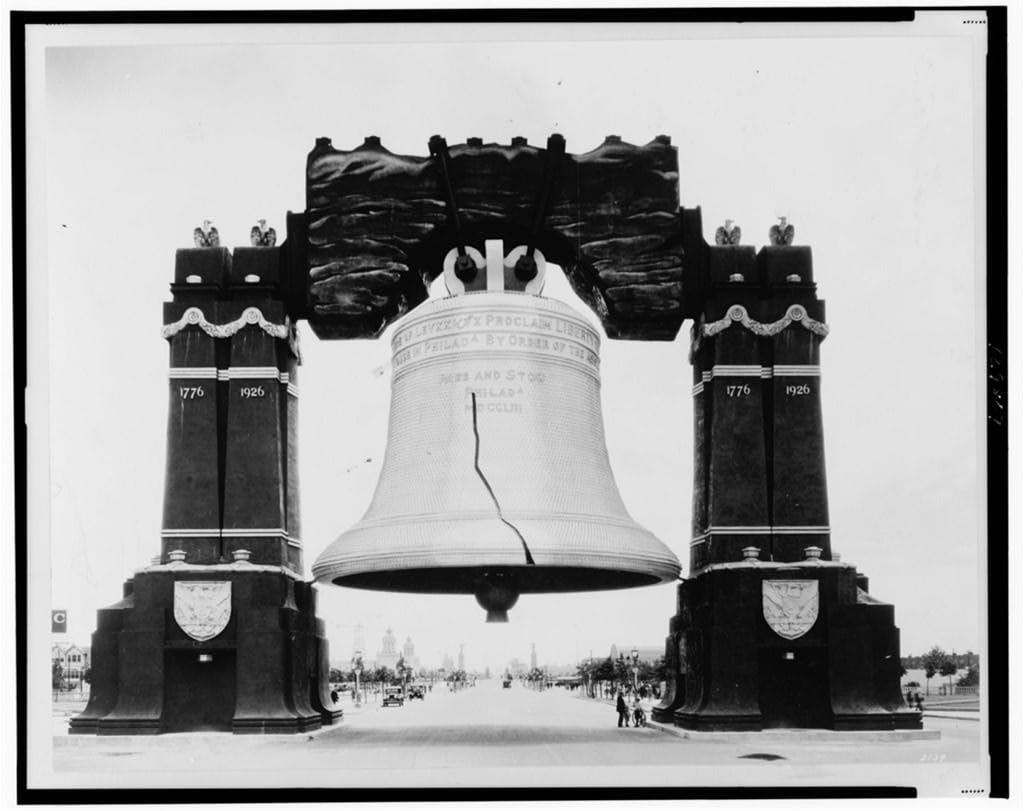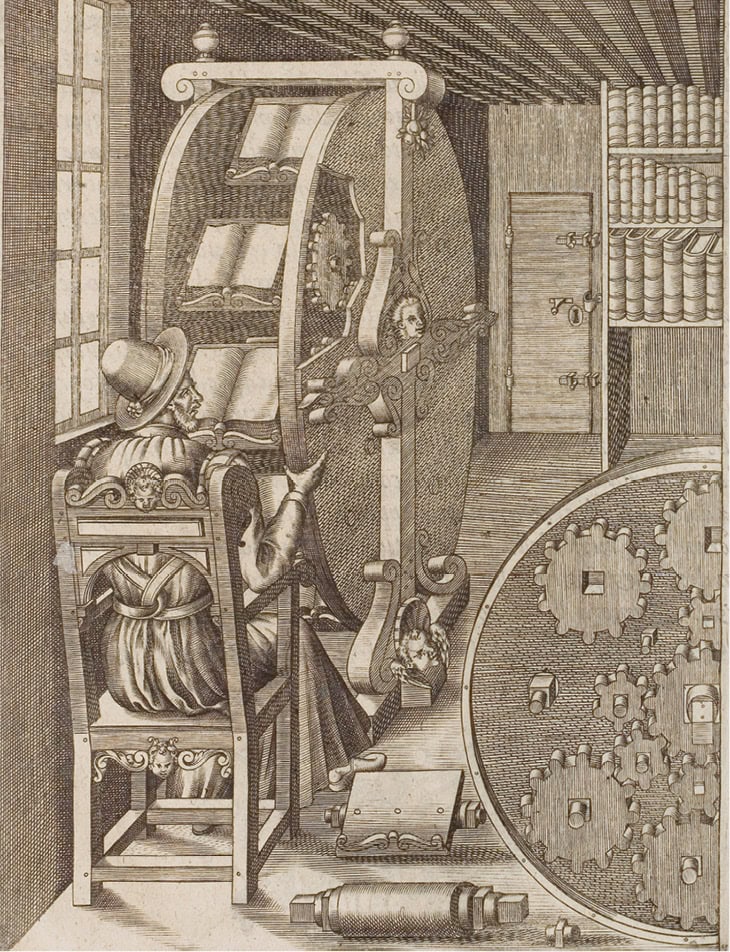Early in their history, American museums developed a strong interest in creating an educational environment for their visitors. One of the first American museums, the Charles Wilson Peale Museum, in Philadelphia, is a case in point. The museum, which was founded in 1786, placed great emphasis on drawing in a variety of people for educational purposes.1 Peale’s museum represented a turning away from the hushed, gloomy atmosphere that characterized many European museums of the era. Moreover, his focus set in motion a trend among American museums. Increasingly, museums in the United States began to devote themselves to providing interpretative and educational presentations to a broad base of visitors.2 It is a trend that continues to characterize many museums to this day.
Since Peale’s time, museums have been constantly refining and redefining the meaning of an educational, interpretative experience. In 1992 the American Association of Museums issued a publication titled Excellence and Equity: Education and the Public Dimension of Museums, which sought to address the role of museums as educational institutions. The report focused on 10 guiding principles. Two of these principles spoke directly to the importance of education in the mission of museums. They insisted that museums place education at the center of their public activities and constantly search for methods of better sharing information and knowledge with their audiences. A third principle focused on the importance of expanding the decision-making process in museums with models that encourage collaboration and excellence. All of these principles were undergirded by the maxim that the primary focus of museums is to serve visitors. The report was a reminder that education and an audience-centered focus are critical to ensuring the long-term success of museums.
The report came at a time when museums had experienced more than a decade of sometimes heated discussions about their role as public institutions and about their relevancy in a society with dramatically changing needs. For historians working in museums, the document increased in importance in subsequent years as the manner in which they presented history to the public came under close scrutiny. Ironically, this scrutiny has occurred during a period in which historians have been actively trying to make their work more relevant to museum visitors. The ultimate goal has been to push forward the public’s appreciation of history and its importance in their lives.
To accomplish this goal, the nature of our exhibitions has changed over the years. There was a time when it would have been fair to characterize our presentations as public storage areas filled with objects. Artifacts would often be presented as sacred icons for reverential observation or as part of a topology of the progressive improvement of American society or technology over the years. Little interpretation took place, little controversy appeared, and few people were a part of the story. These presentations served primarily to confirm what visitors had learned during their formal years of schooling. Arguing for a linear and progressive view of the evolution of the United States, the presentations made for affirming experiences for many museum visitors.
While this style of presentation has not been completely abandoned, museums have changed in recent decades. They now offer a wider variety of presentations and interpretations of history. These more recent presentations have taken advantage of the new scholarship emerging in the field. They have embraced the idea that history is not merely a linear process, but one that is filled with twists and turns and new ways of looking at and understanding events. This new mode of interpretation is not necessarily intended to dismiss previous ones, but it is based on the fact that new information has emerged to change the way we understand and interpret some historical moments. Many of the exhibitions that museums have created in recent years have taken into account these new research discoveries and have included that information in their presentations.
The results of these efforts can be seen in wonderfully rich exhibitions in places like the Chicago Historical Society, the Atlanta History Center, the National Museum of American History, the Oakland Museum, and many other institutions around the country. Those of us who work in museums believe that exhibitions that look at historical issues in new ways are exciting and make a difference in the way our visitors view and enjoy our presentations.
We have learned over the past few years, however, that appreciation for these new approaches has not been as widespread as we had thought. Indeed, we have found that some of our visitors feel that looking at historical issues in new ways is troubling. For them, a number of recent exhibitions have been problematic. The exhibitions have not reinforced what the visitors had learned in school and come to believe was the history of the United States. Too many strange and unfamiliar events and faces appeared in the presentations. Visiting the exhibitions made them uneasy and uncomfortable. They wanted a reaffirmation and commemoration of the heroic aspects of the history of the country. They wanted their belief systems reinforced, not questioned.
The concerns of this important segment of our visitors have become more and more apparent in the course of the last few years. Their vision of the proper function of museums has run headlong into the way museum professionals have begun to redefine their responsibilities. Controversies and vitriolic public debates have emerged over the proper role of museums in the presentation of history. Should museums simply commemorate the past, or should they interpret it and offer new modes of examining and explicating history? There is no one right answer to this question. But there is a need for museums to be clearer about what they do and what visitors should expect when they come to a museum. Museum professionals must constantly keep in mind their responsibility, as noted in Excellence and Equity,to acknowledge the different perspectives that visitors possess and to factor these viewpoints into the program development process. We have not been very good about performing this task in the past. We need to get better about doing this in the future, especially if we hope to attain our ultimate goal, which is to reach a broad spectrum of visitors.
To accomplish this end, museums must more clearly explain what historians do and the normality of reinterpretations and multiple points of view. As historians, we understand that there is rarely one unassailable historical perspective about anything. We understand that our research often uncovers new information that might cause us to revise our interpretations about particular events or historical moments. It is the process of performing this research and debating and sharing the fruits of our work that makes history exciting. The revisions that result are an expected and welcome part of our profession.
Others do not necessarily view history in the same way that historians do. For many people, there is just one historical truth, which is beyond questioning. Once they have learned what it is, there is no disputing it or revising its meaning. In confirmation of this fact, I cannot count the times I have talked with reporters who have asked me to tell them the historical truth about a particular moment or event. What always follows is a long discussion about historical interpretation, the continual discovery of new information, and the development of new perspectives.
In museums, we need to perform this same service for our visitors. We must explain to them the wonders and vagaries of historical research. We need to teach them about the challenges of interpretation and the different conclusions that can be drawn from the same information or artifact. We must demonstrate that the process of doing history is not threatening but invigorating and exciting. We need to make it clear that history can open up new ways of understanding our world and that of our forbears and that it can help us better understand the commonalities and differences among Americans that make our history so rich.
Museums must, however, be deliberate about discussing assumptions that are self-evident to historians but confusing to the general public. The success of interpretative historical exhibitions hinges on the ability of museum historians to explain themselves to visitors. As educational institutions, museums should stimulate visitors by offering them information and ideas that encourage them to think and learn. Presenting new ideas and interpretations along with more traditional perspectives is a wonderful way to help visitors learn. Whether or not they agree with the ideas presented is, in the end, less important than encouraging them to critically analyze new information.
What cannot be neglected in this process is insuring that visitors are comfortable with approaching museums as places to experience unexpected as well as affirming ideas. Museum professionals must craft their public presentations thoughtfully in order to achieve this goal. Museum historians do not have the freedom to produce scholarship purely for themselves and their peers. Their work is presented in a public setting and garners immediate and sometimes strong reactions. How they present their idea is oftentimes more important than the specific subject matter at hand. While their research and scholarship invest them with a broad-based and informed understanding of the subject matter, their perspective is not absolute. After all, among scholars there are often disagreements about the best interpretations of a body of data.
Museum visitors can generate interpretations of the evidence presented to them that conflict with the findings of the curator. Their perspective deserves the same consideration that scholars give to colleagues who question and debate their findings. Within a museum context, where debate is not as formal or direct as it is in scholarly circles, it is important to make visitors understand that alternative interpretations are possible. They should know that the point of view presented in a particular exhibition or public program represents one way of interpreting information based upon extensive research and scholarship. It is not the only way to understand the information, but the ideas presented deserve consideration along with the point of view most comfortable for the visitor. At times, these perspectives will reinforce the visitor’s world view and at other times they will conflict with it.
For museums, the debates that ensue from their presentations should lead to a positive result. The key is cultivating the expectation among visitors that varying points of view in museums are acceptable. The future success of presenting history in museums depends on the ability of museum professionals to introduce new ideas and perspectives. If museum professionals can accustom visitors to encountering new ideas in museums, they will negate the question of “who owns history.” Instead, the questions will refocus on the issues presented and the different ways of interpreting their meaning and significance. This is the dialogue that historians in a public institution need to generate. Success in this arena will draw visitors into an educational experience that will enrich their visit and expose them to new ideas and ways of understanding the world. It also will enable museum scholars to address a variety of subjects, even controversial ones, in a less emotionally charged atmosphere. Achieving this goal demands a sharing of authority between museum scholars and their audiences. Both groups must accept the validity of differing points of view and agree in principle that it is “our” history and that it often has no one absolute interpretation. They must also agree that exchanging ideas is the ultimate goal and the element that makes the entire endeavor worthwhile and enriching.
< Previous essay | Next essay >
Notes
Spencer Crew is director of the Smithsonian Institution's National Museum of American History.

